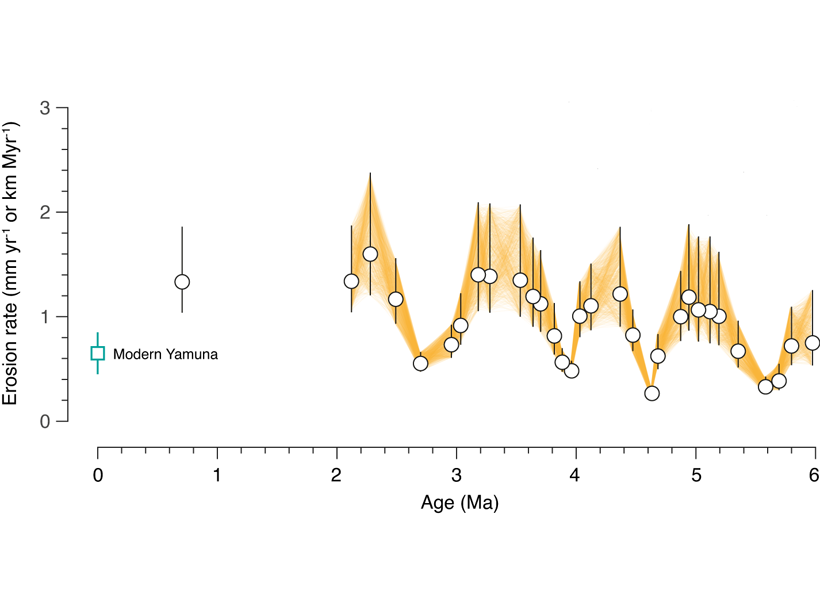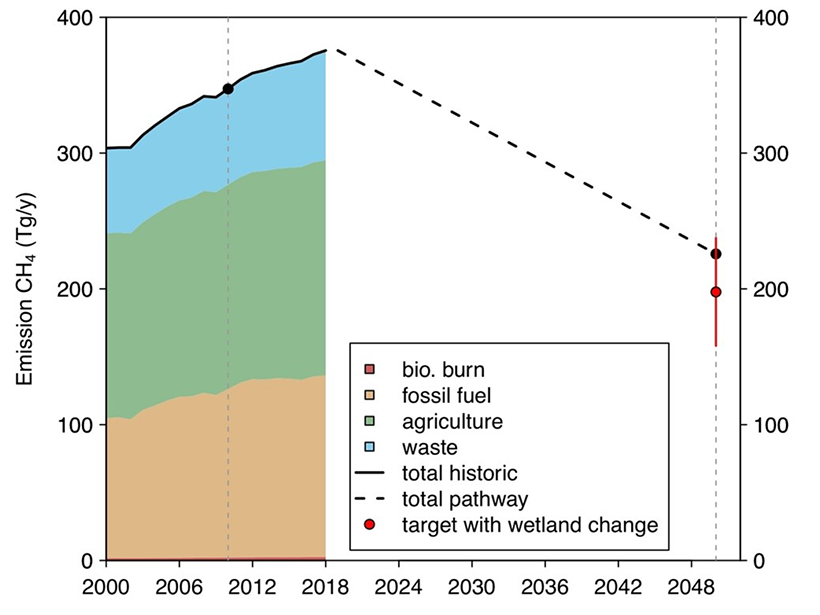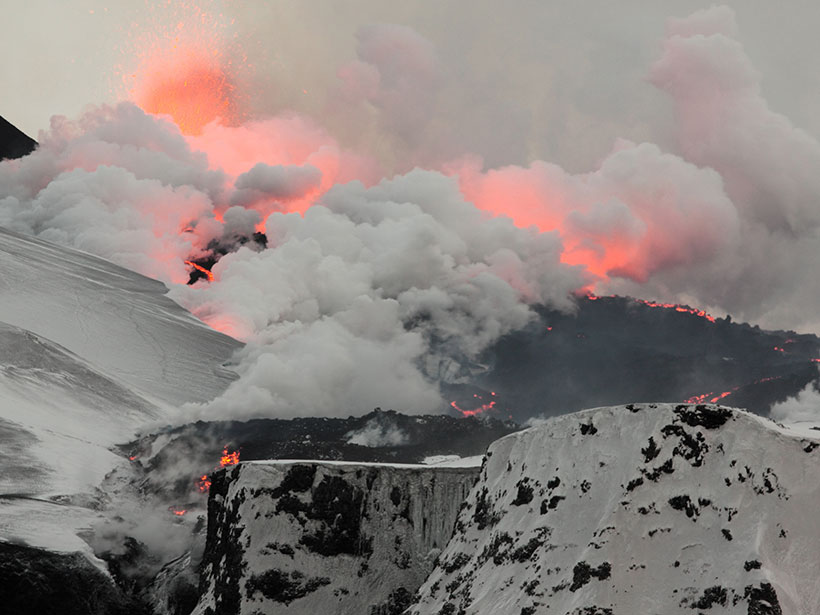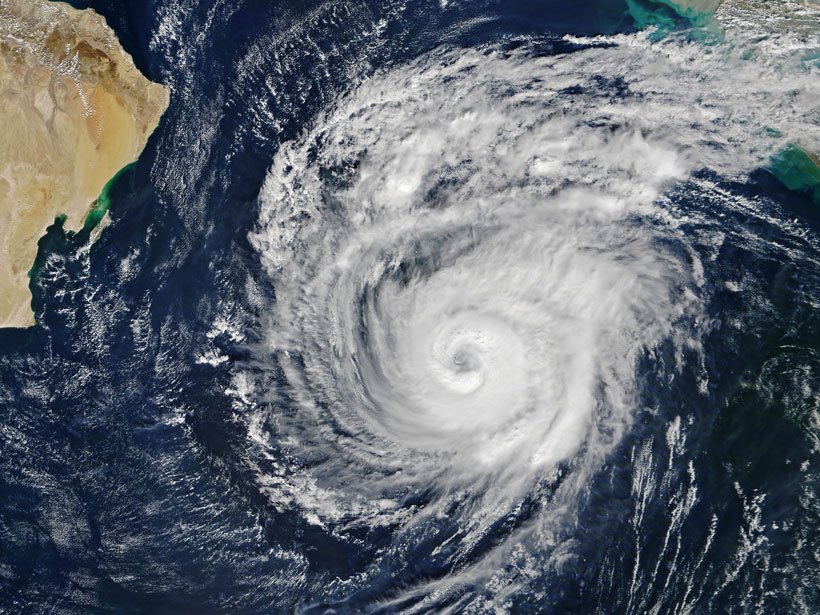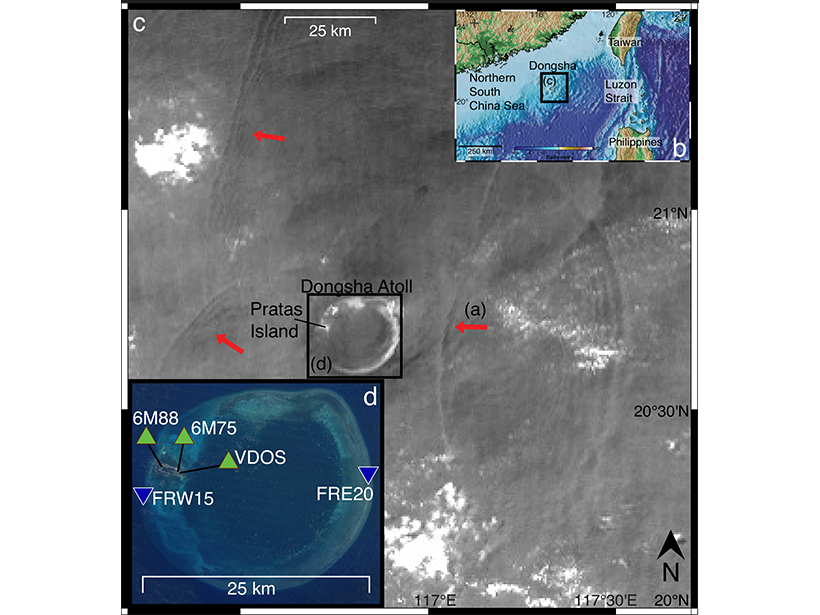The algorithm RevPET automatically reverses the complex multi-phase fractional crystallization path of oceanic basalts and offers new perspectives for advancing mantle thermobarometry.
2021 CC BY-NC-ND
Career Center
Browse Jobs by Discipline Atmospheric Sciences Biogeosciences Cryosphere Sciences Earth and Space Science Informatics Geochemistry Geodesy GeoHealth Global Environmental Change Hydrology Interdisciplinary/Other Mineral and Rock Physics Natural Hazards Near Surface Geophysics Ocean Sciences Paleoceanography and Paleoclimatology Planetary Sciences Seismology Social Sciences Solid Earth Geophysics Space Physics Tectonophysics Volcanology, Geochemistry, and Petrology
Himalayan Tectonics in the Driver’s Seat, Not Climate?
Earth’s oscillating climate is a natural guess to explain cyclic patterns in erosion, but new sediment data suggests that cyclicity may emerge from tectonic processes adding material to the Himalaya.
Bottom-up Meets Top-down Estimates of Wetland Methane Emissions
An innovative integration of models and satellite observations indicates weak temperature sensitivity of CH4 emissions from tropical wetlands, but temperature sensitivity is high at higher latitudes.
Forest Recovery in the Amazon Is a Slow Process
For the first time, a study analyzes Amazon forest loss and recovery at national and subnational levels. One finding shows that new plantings offset less than 10% of emissions associated with deforestation.
The Understudied Risks of Low-Magnitude Eruptions
Volcanologists have historically focused on the risks of large-scale eruptions, but new research highlights how small eruptions can combine with human-made vulnerabilities to cause catastrophic impacts.
Coupled Mechanisms of Fluid Transport Across the Crust
Magmatic fluid moves up in the ductile zone through porosity waves, accumulates in high-porosity lenses, and migrates across the brittle zone in a convection pattern involving also meteoric fluid.
Subduction Zone Earthquakes: Fast and Slow, Weak and Strong
What causes slow earthquakes in subduction zones? New insights from numerical models suggest that a mixture of strong and weak rocks might be the cause.
Climate Change Is Making India’s West Coast More Vulnerable to Cyclones
A new study found significant increases in the intensity, frequency, and duration of cyclonic storms over the Arabian Sea. Is the west coast prepared?
Atoll Seismometer Detection of Solitary Ocean Waves
Seismic recordings from the South China Sea indicate that subtle, daily tilting of shorelines due to passing internal ocean waves can be measured on land, promising new constraints on ocean dynamics.


